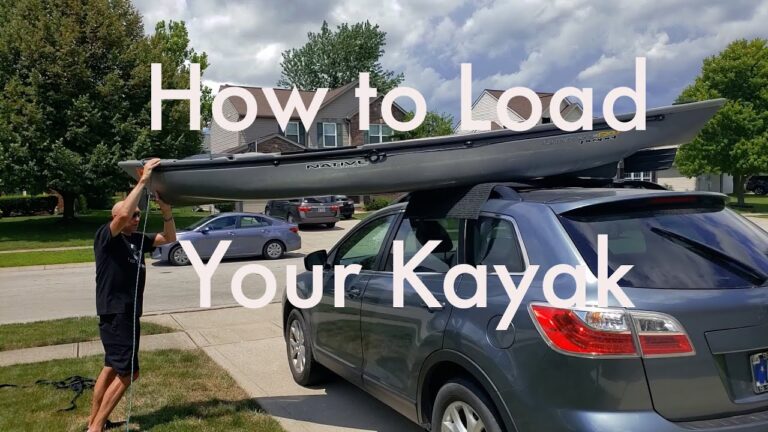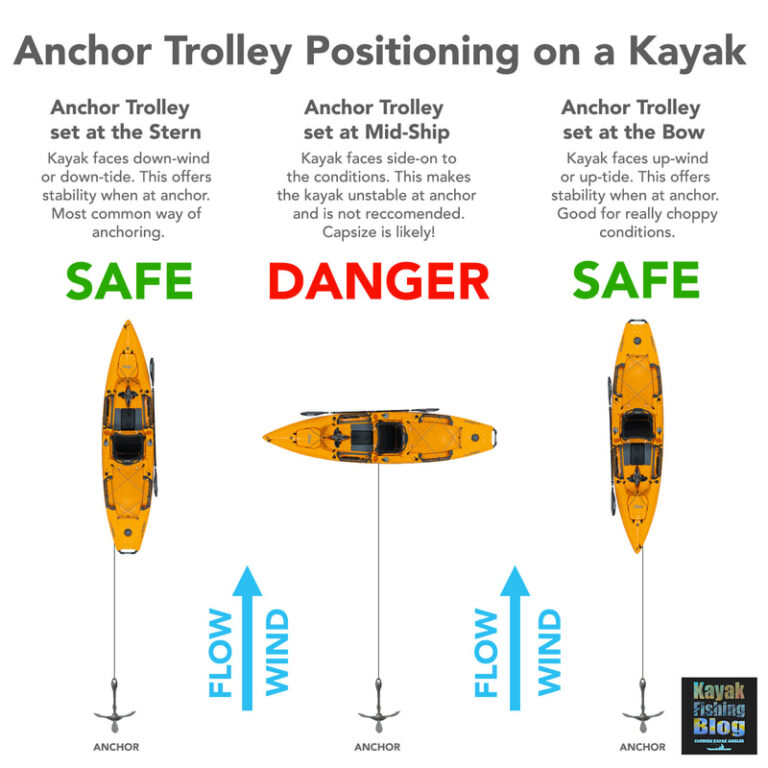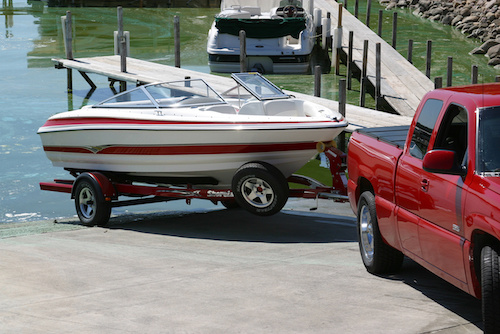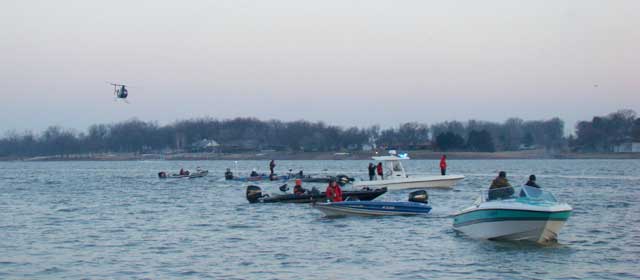How to Hang a Kayak
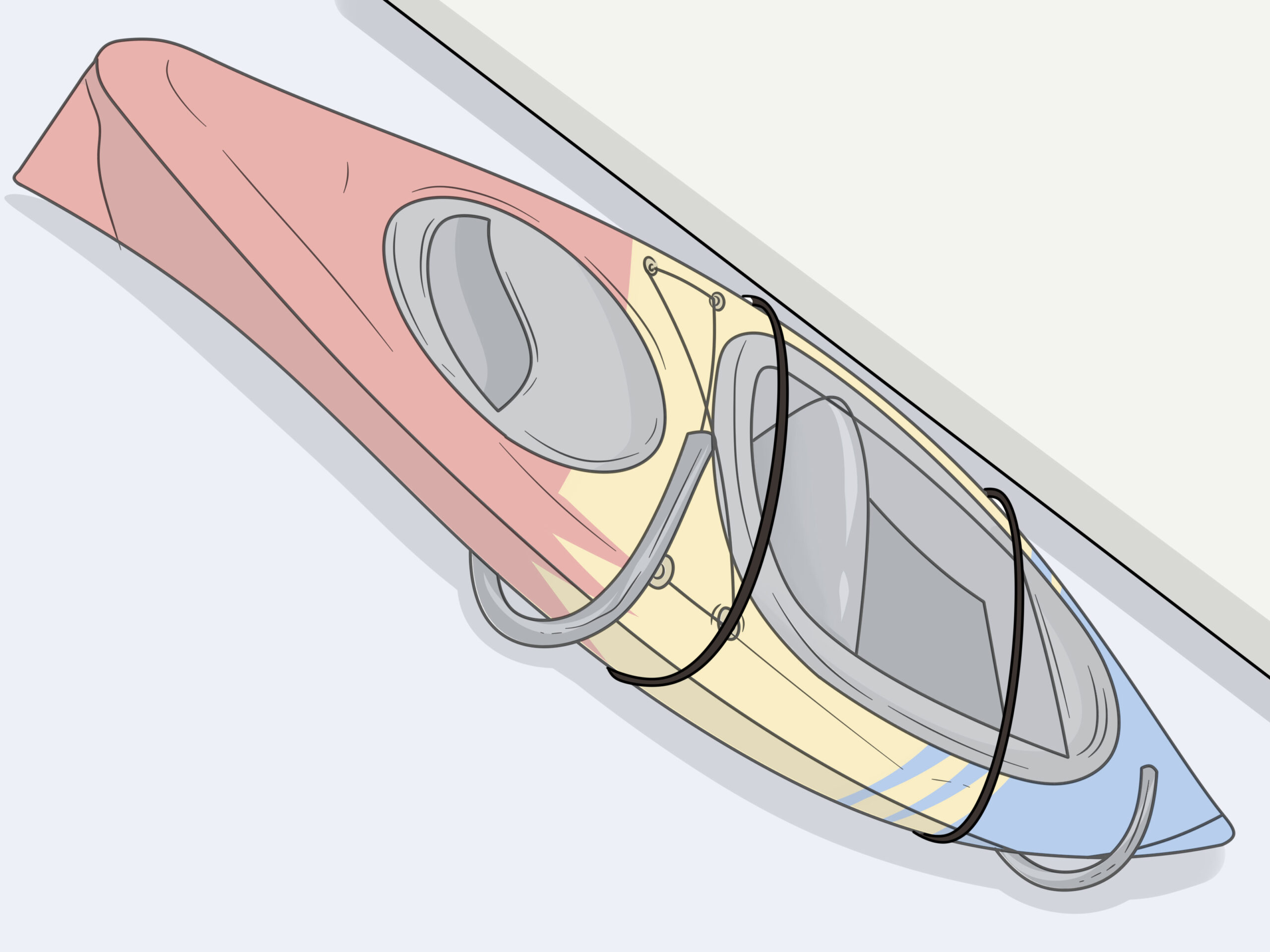
To hang a kayak, secure wall mounts or storage racks at a suitable height and gently lift the kayak into place. Ensure the setup supports the kayak’s weight and is padded to prevent damage.
Storing your kayak properly is crucial to maintaining its durability and shape. As an outdoor enthusiast, you know the importance of maximizing your space while keeping your gear safe. Hanging a kayak offers a smart solution, freeing up floor space and safeguarding your vessel from potential hazards on the ground.
Whether you’re a seasoned kayaker or new to the sport, understanding the right way to suspend your kayak can be a game-changer. It not only helps in maintaining the integrity of the kayak’s hull but also makes your storage area look organized and accessible. Follow these simple steps to efficiently hang your kayak, ensuring it’s ready for your next adventure.
Selecting The Perfect Spot
Choosing the right spot for your kayak is crucial. Think about indoor and outdoor options. An indoor spot keeps your kayak safe from weather. It often needs walls or a strong ceiling for mounting. An outdoor space may expose it to sun or rain. Yet it’s good if you lack indoor room.
Measure the space before you decide. Ensure it’s long and wide enough for your kayak. Check that the area allows for easy lifting and lowering. Wall racks or hoists can help save space. Be sure doors and gates near your kayak can open fully. This makes taking it in and out simple.

Credit: www.wikihow.com
Tools And Materials Required
Mounts are vital for kayak storage. They must fit your wall and kayak size. Wall mounts and ceiling hoists are popular. Strong mounts protect your kayak from damage. Always check the weight limit and compatibility.
Gather your tools before starting. You will need a drill, stud finder, screwdriver, and level. Screws and anchors come with the mounts. Sometimes extra tools make the job easier. Make sure all tools are ready to use. This makes hanging your kayak quick and safe.
Prepping The Kayak
Clean your kayak before hanging it up. Dust, sand, and grime can scratch its surface. Use mild soap and a soft brush to gently wash it. Rinse with cool water and dry it with a soft towel. A clean kayak ensures a longer-lasting hull and prevents material degradation.
After maintenance, identify a cool, dry area away from direct sunlight for hanging. Ensuring your hanging spot is indoors can protect your kayak from weather damage. Observe the length and weight of your kayak to choose a space that accommodates its size. Strong supports or racks are essential for the weight.

Credit: www.bobvila.com
Mount Installation Process
Mounting a kayak requires precise measuring and marking. Begin by choosing a solid wall. Use a stud finder to locate the studs. Mark these locations lightly with a pencil. This ensures your kayak hangs safely.
Next, securing the hardware is critical. Hold the mount against the wall on your marks. Level the mount with a spirit level. Mark the holes for drilling. Drill with care, avoiding any wiring or pipes. Finally, screw the mount firmly onto the wall. Anchors may be needed for plaster walls to hold weight. Always double-check the stability before hanging your kayak.
Hanging The Kayak
Lifting a kayak requires proper technique to avoid injury. To safely hang a kayak, always ensure you have stable footing and use your legs, not your back, to lift. A partner can help balance the weight during the lift. Carry the kayak on its side, with your arms spread wide for stability.
For solo lifting, utilize a kayak cart if possible. Place the kayak on the cart and securely strap it down. Then, push the cart to the hanging location. Once there, gently tilt the kayak and hoist it onto the storage system.
Correct balance adjustments are crucial when hanging a kayak. Ensure the kayak is centered on the rack or hoist system. The heaviest part of the kayak, typically the middle, should align with the strongest support point. Balance the kayak before securing it to protect its hull from warping.
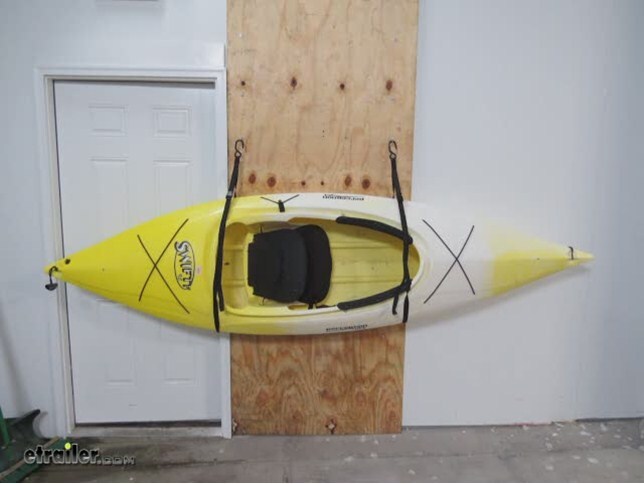
Credit: www.etrailer.com
Safety Measures And Tips
Proper weight distribution is crucial for the safety of storing your kayak. Incorrect placing can damage your kayak or cause accidents. Place the kayak horizontally with support at both ends. This ensures that pressure is evenly distributed throughout its body. Make sure the heaviest parts of the kayak, usually the middle, rest on the strongest supports. This prevents the kayak from tipping over.
To check stability, gently push the kayak after hanging it. The kayak should remain in place without excessive movement. Secure the kayak with straps if necessary, but do not overtighten. Tight straps can deform the kayak over time. Always double-check the installed racks or hooks for any wear and tear before hanging your kayak.
Frequently Asked Questions For How To Hang A Kayak
What Is The Best Way To Hang A Kayak?
The best way to hang a kayak is by using wall-mounted racks or hoists. Ensure straps or padding support the hull to prevent damage. Store your kayak in a cool, dry area to protect it from the elements and maintain its condition.
Is It Ok To Hang A Kayak By The Handles?
Hanging a kayak by its handles is not recommended, as it can stress and damage the end points. Opt for wide straps or padded cradles that evenly distribute the kayak’s weight.
How Do You Suspend A Kayak From The Ceiling?
To suspend a kayak from the ceiling, first locate ceiling joists using a stud finder. Securely install heavy-duty eye bolts or ceiling-mounted racks. Hang the kayak using straps or ropes, ensuring an even balance to avoid deformation. Always follow the manufacturer’s weight guidelines for safety.
Is It Okay To Store Kayaks Vertically?
Yes, you can store kayaks vertically if you protect the hull’s shape and prevent distortion by padding the support points. Ensure the kayak is secure to prevent falling.
Conclusion
Storing your kayak properly extends its life and keeps it ready for adventure. With the right approach, hanging your kayak can be simple and effective. Remember, balance is key to prevent warping or damage. Take pride in your handiwork—you’ve just ensured your kayak is safe and secure until your next paddle session.
